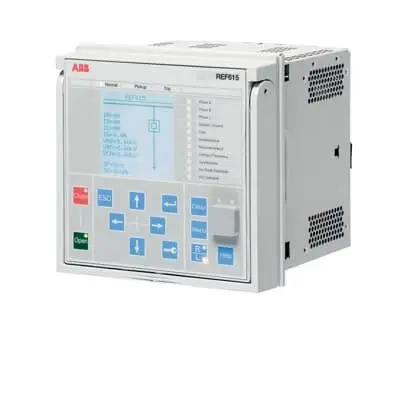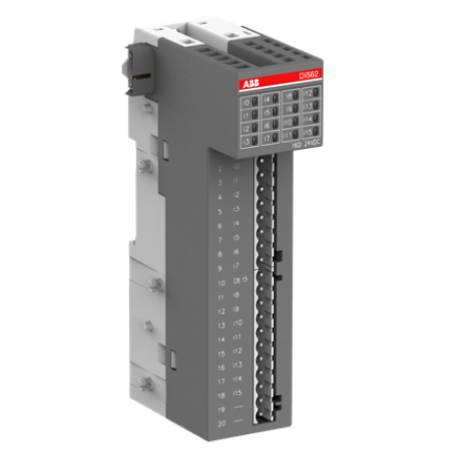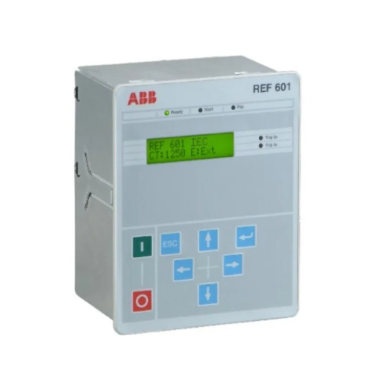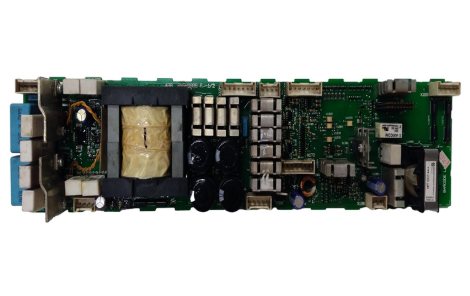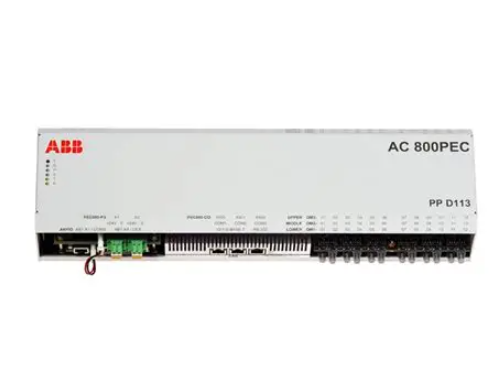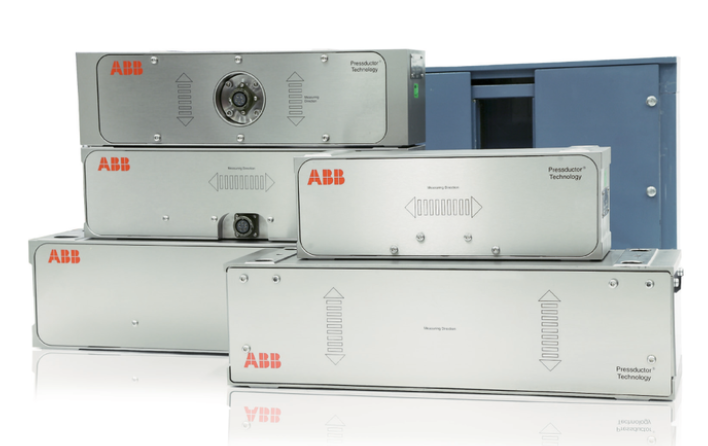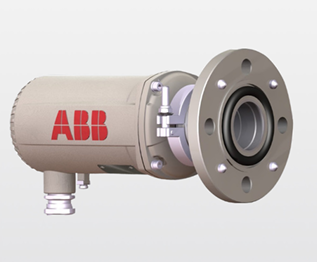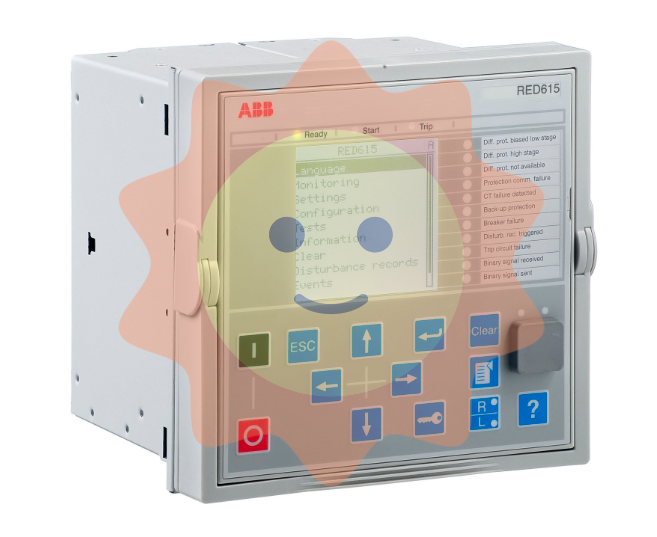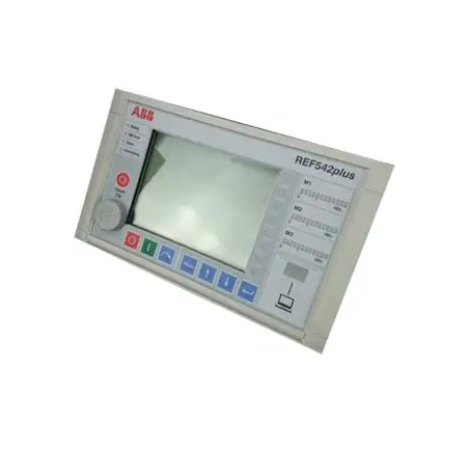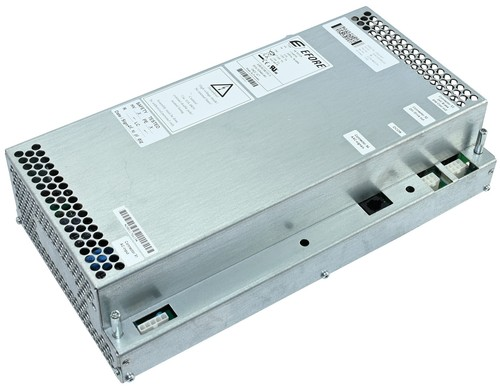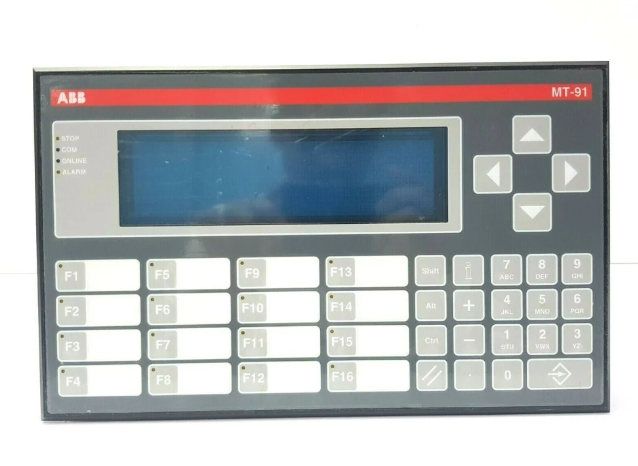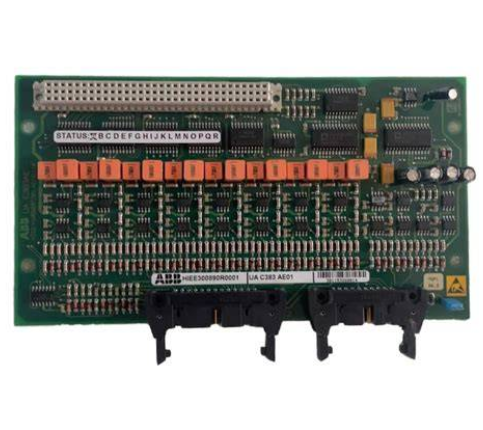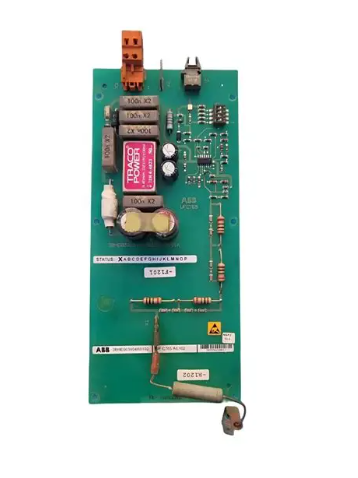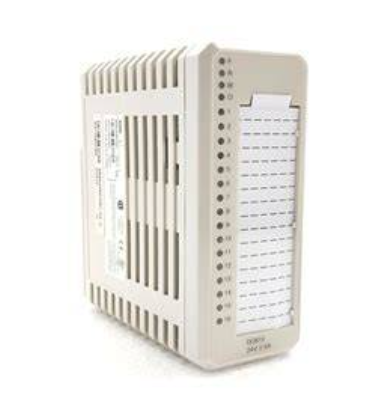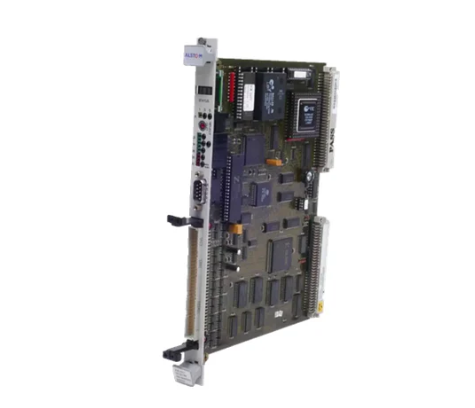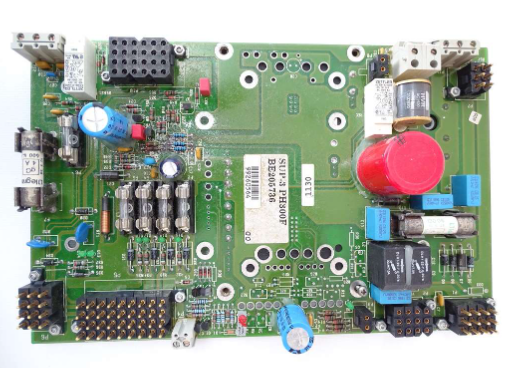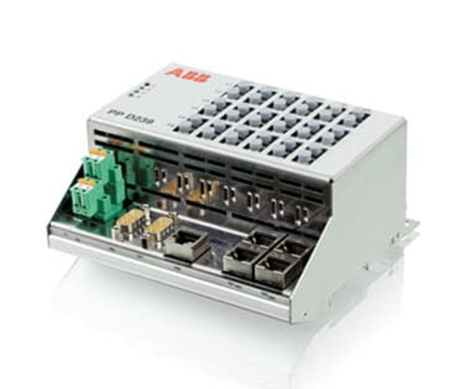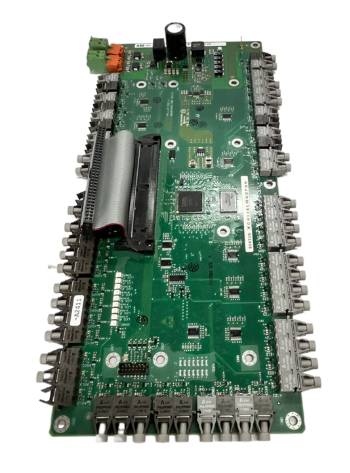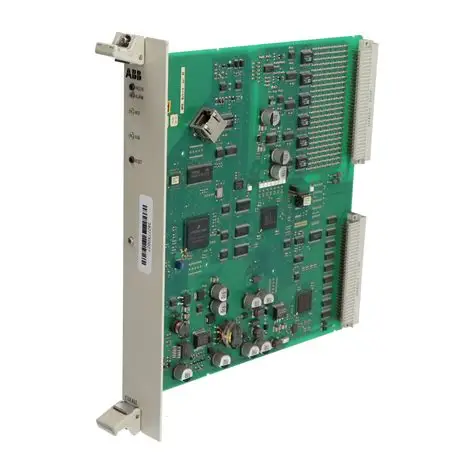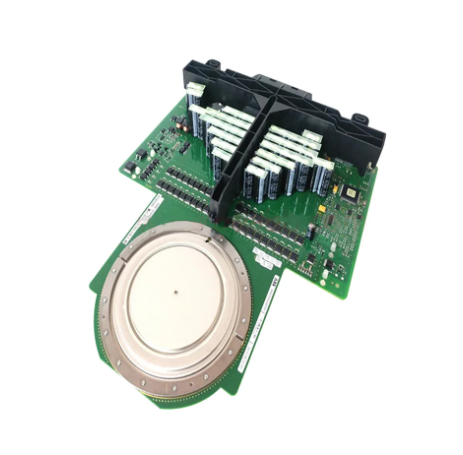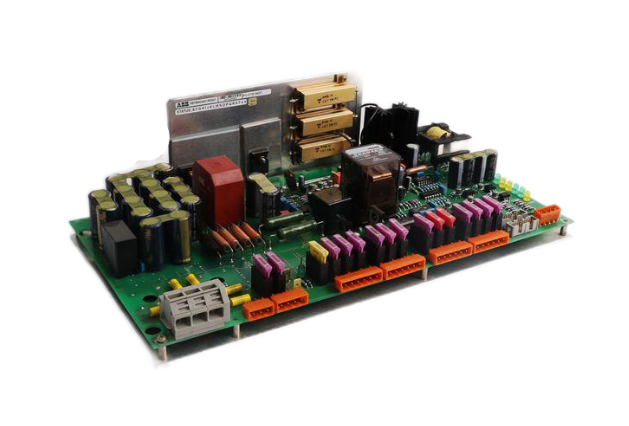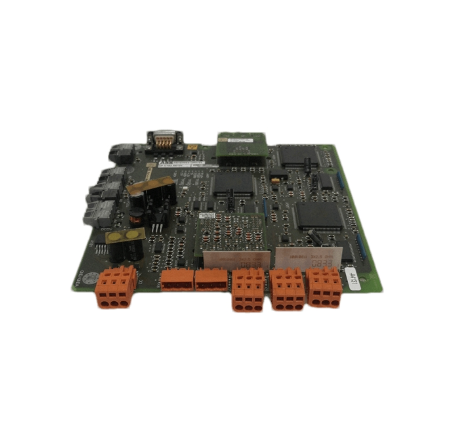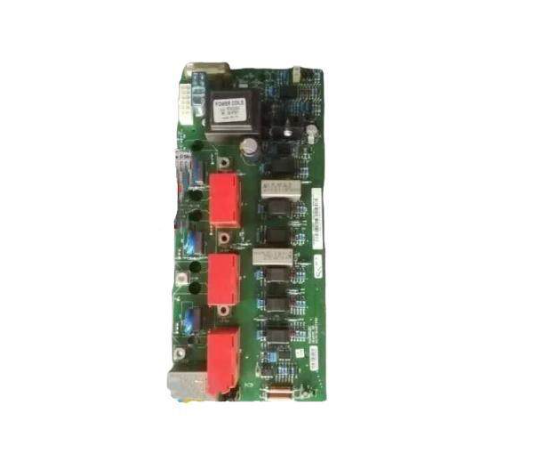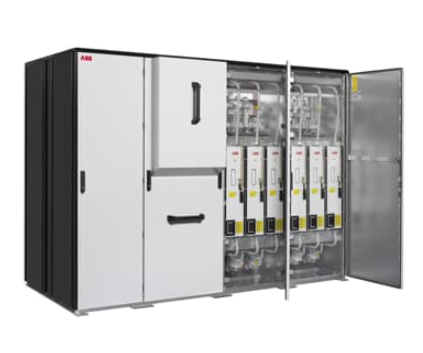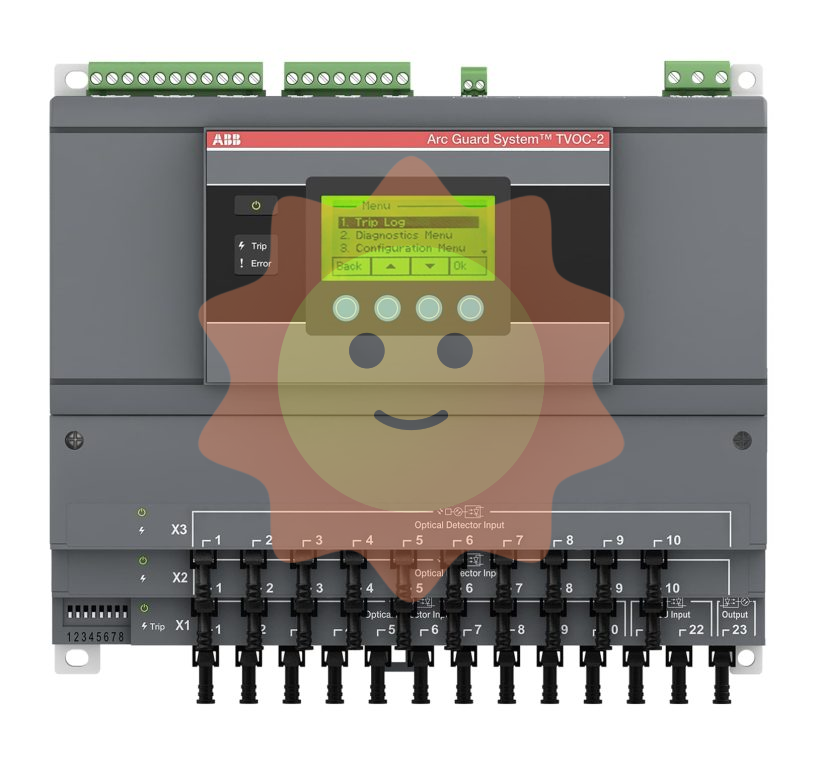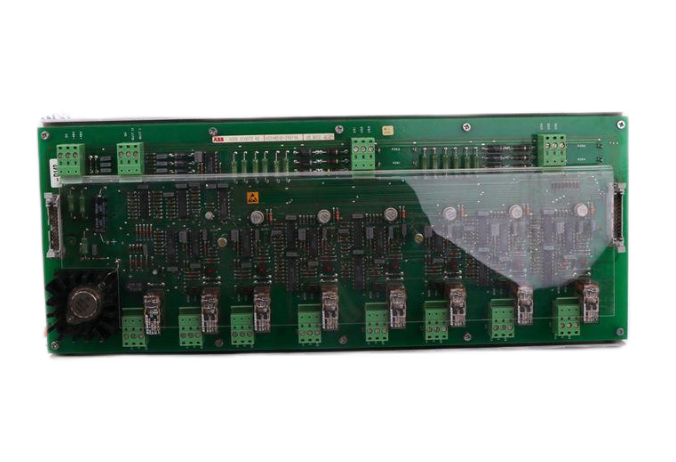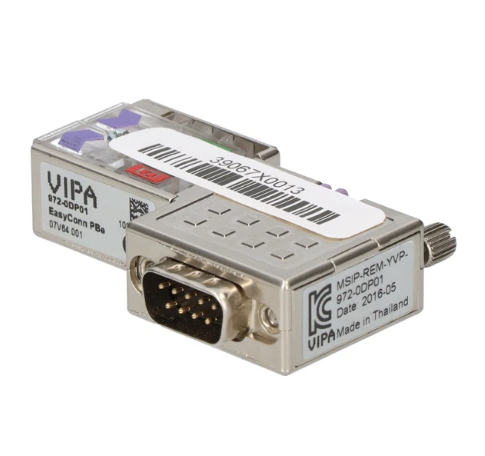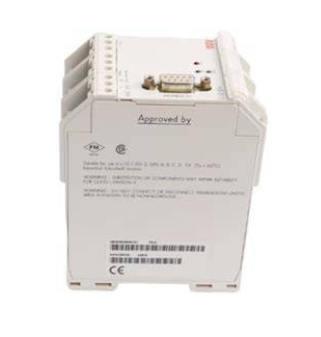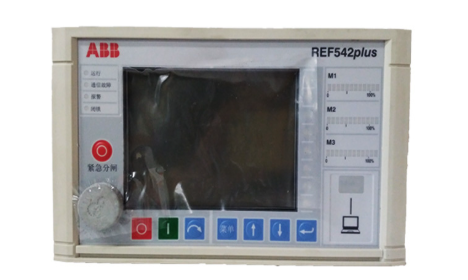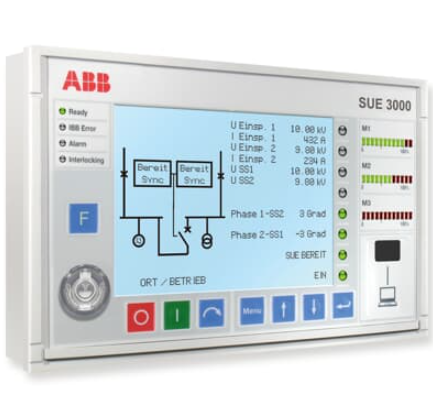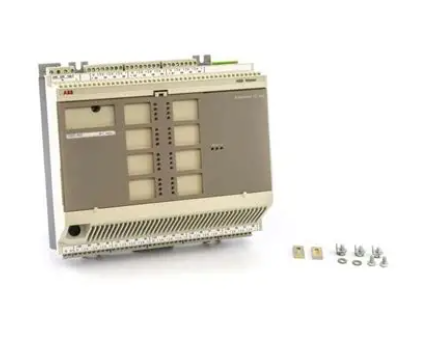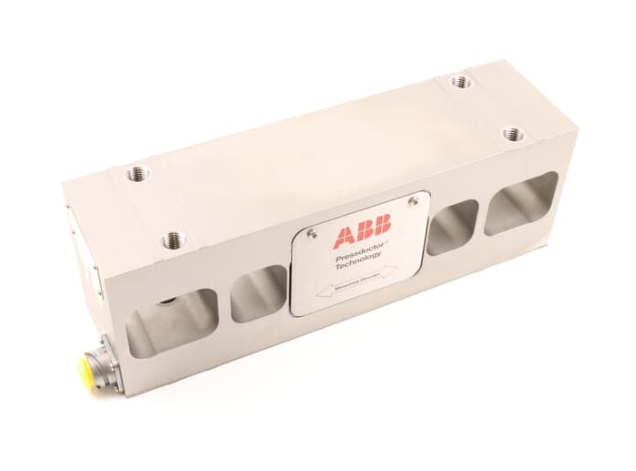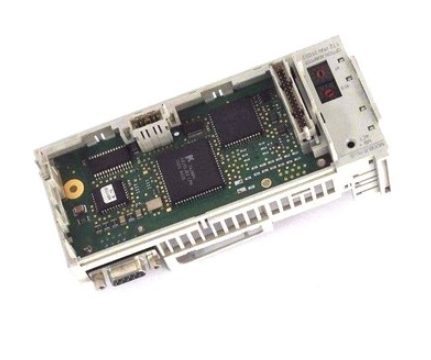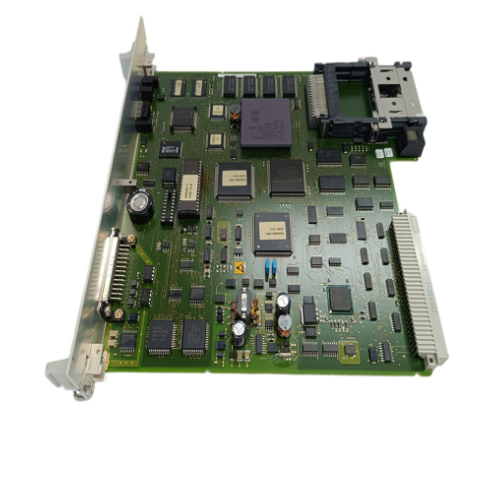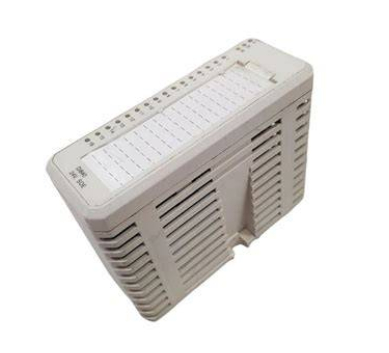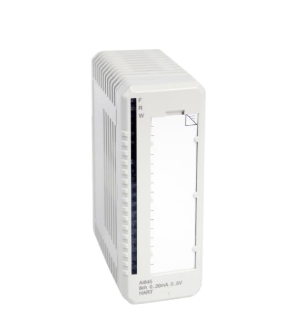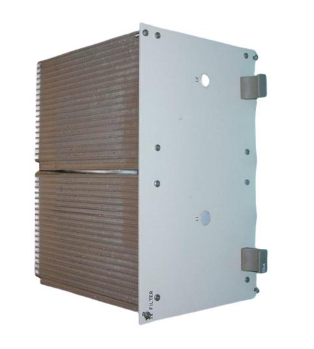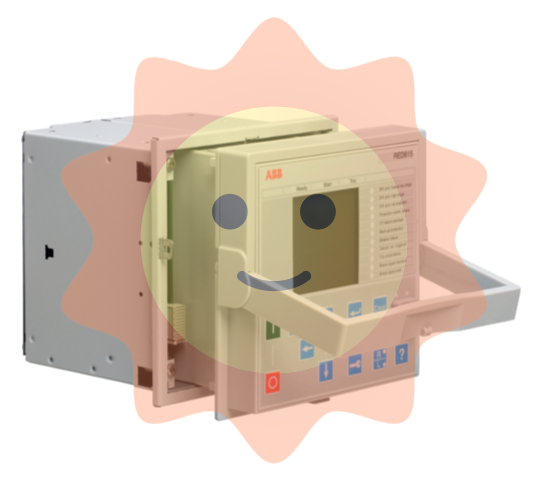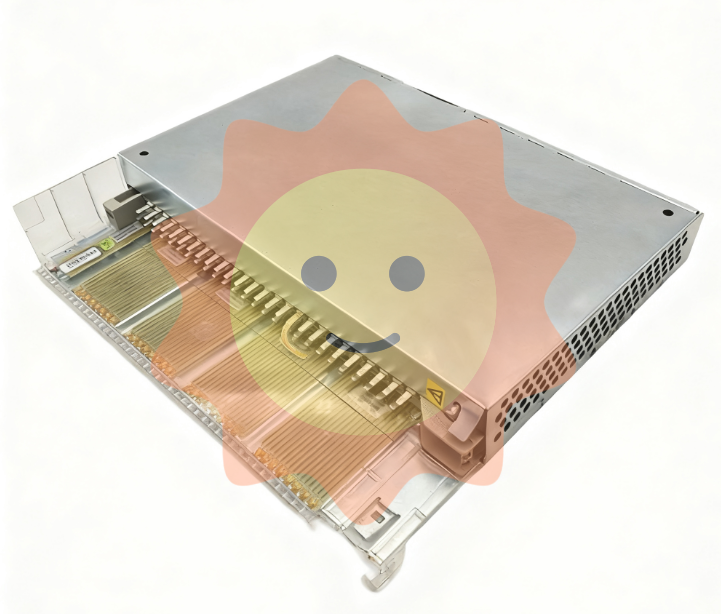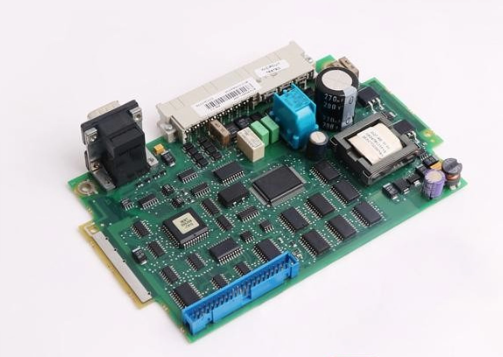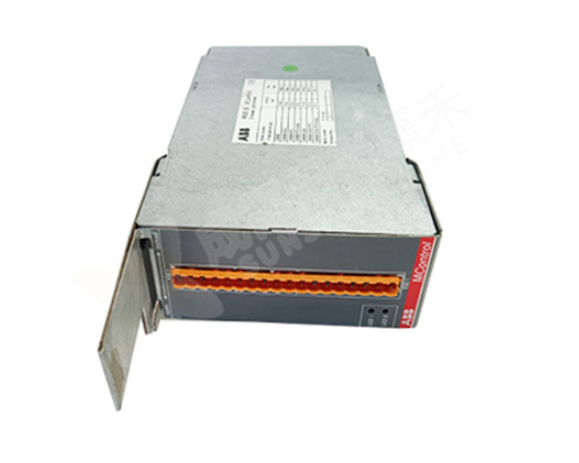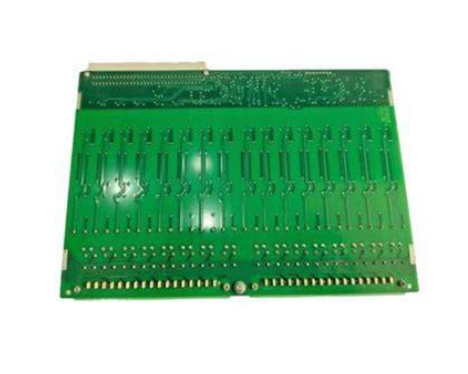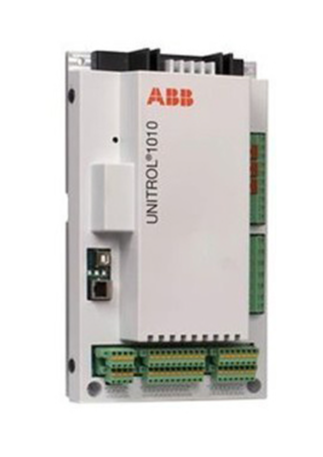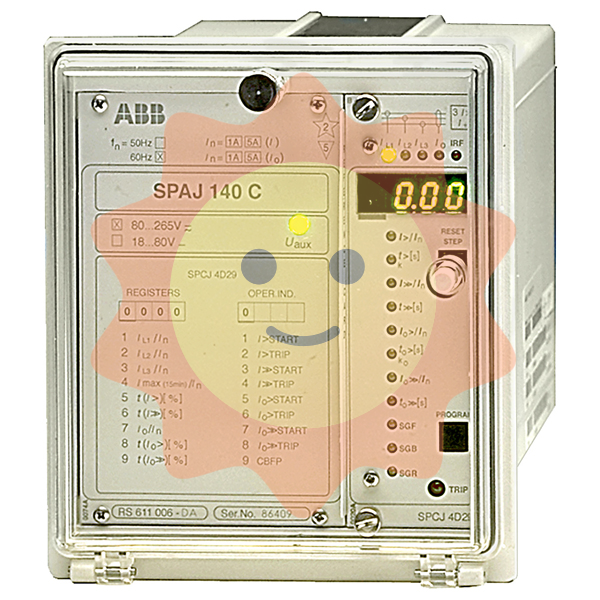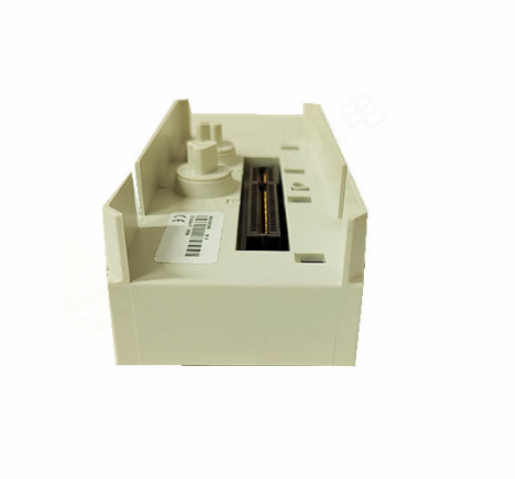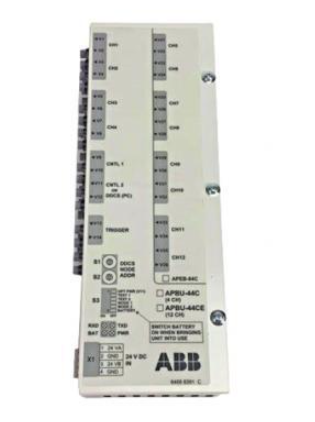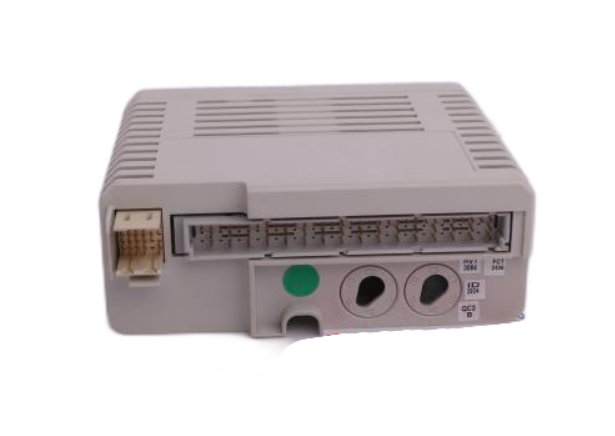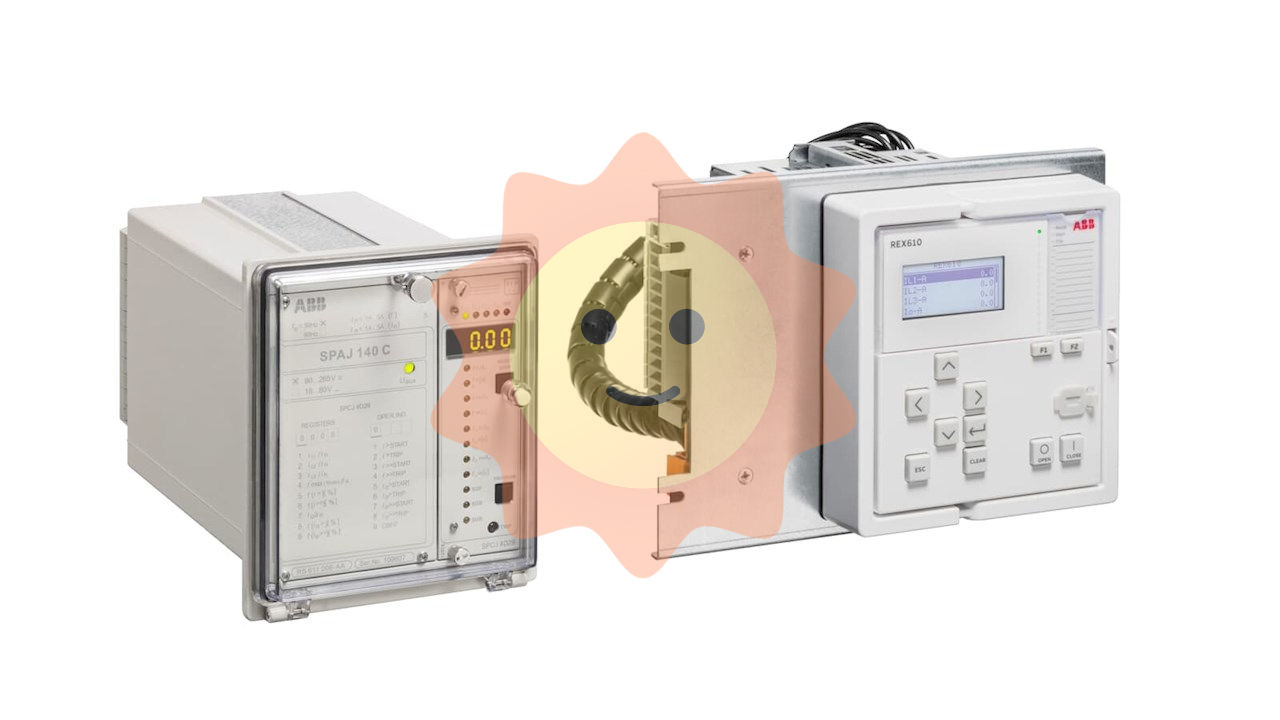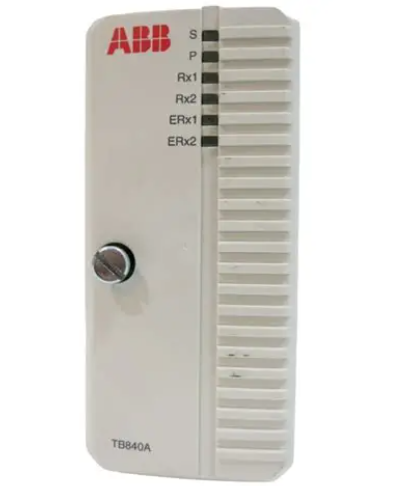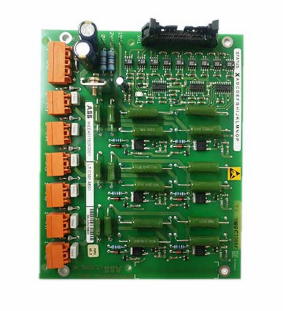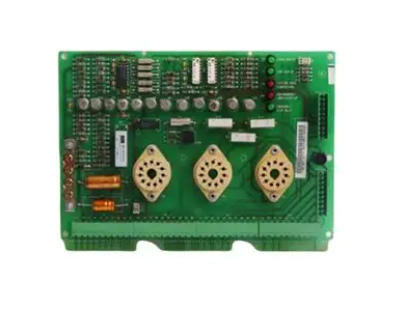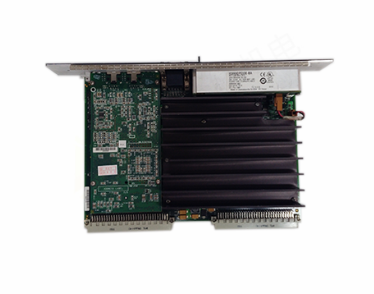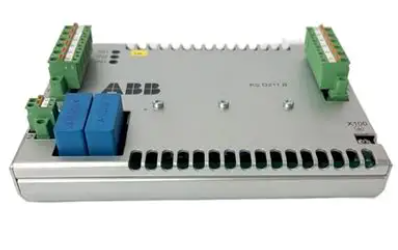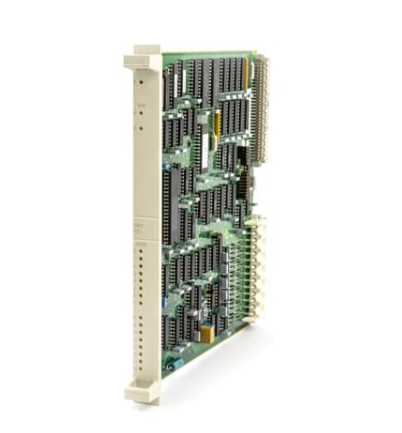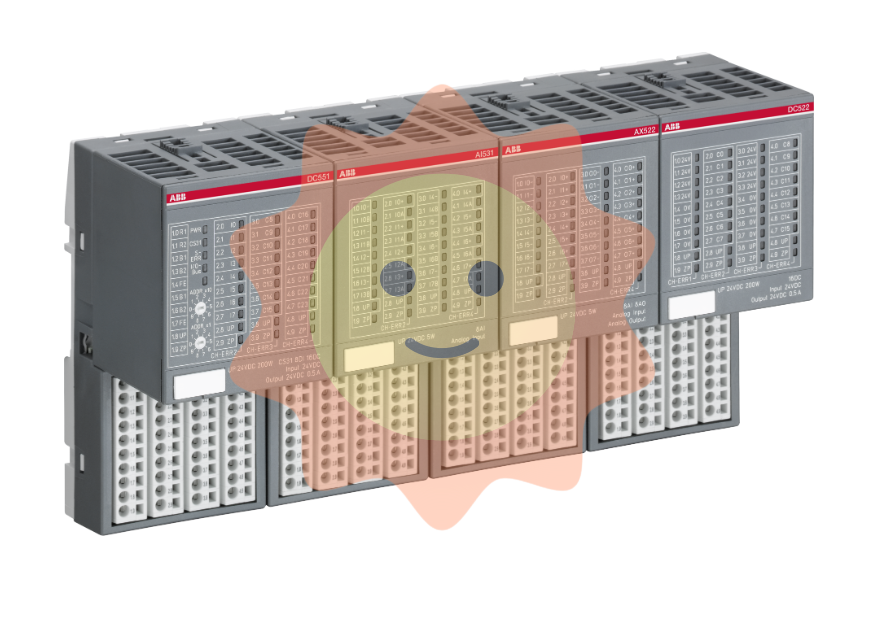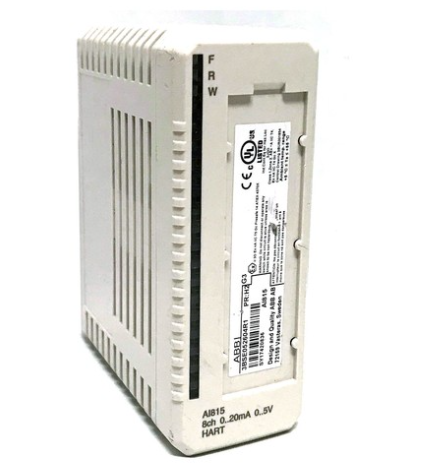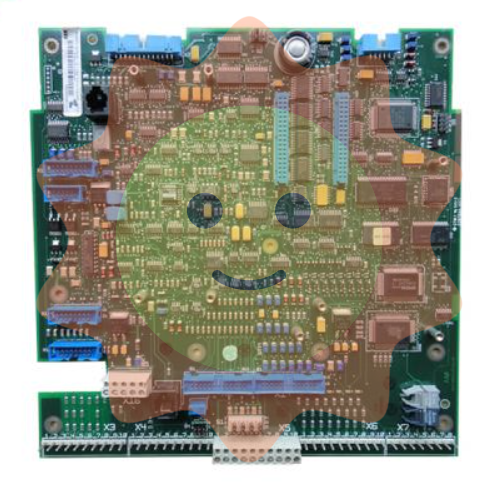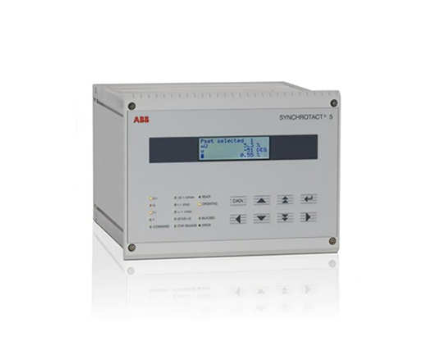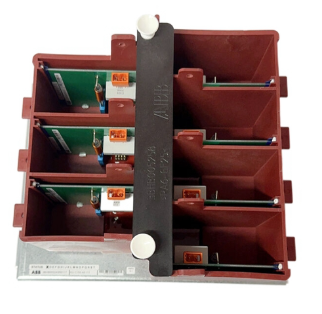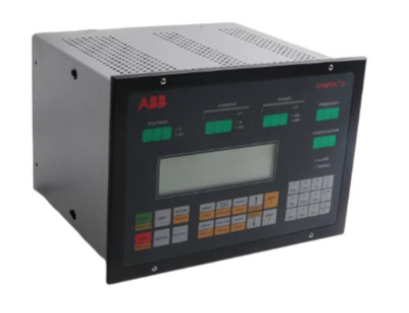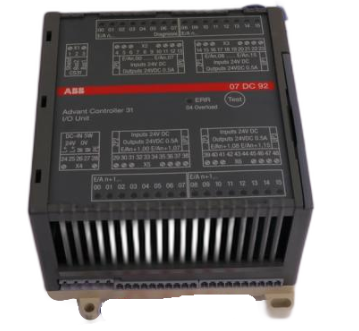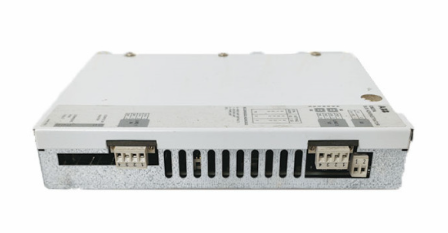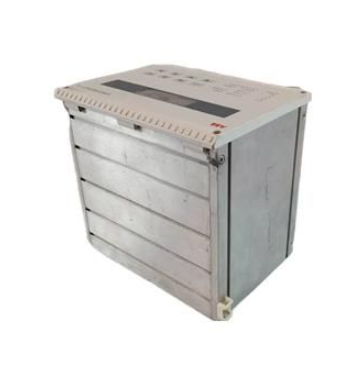ABB dual power conversion switch
Three position stable design: supports three stable working positions: I (common power supply), O (dual split), and II (backup power supply), ensuring safe power switching.
ABB dual power conversion switch
Product Classification and Core Positioning
ABB Dual Power Transfer Switches are divided into two types: PC level and CB level, suitable for scenarios with extremely high requirements for power continuity and reliability, such as high-rise buildings, data centers, hospitals, fire protection systems, industrial production lines, etc. Its core features include:
Three position stable design: supports three stable working positions: I (common power supply), O (dual split), and II (backup power supply), ensuring safe power switching.
Multi operation modes: manual, electric, and automatic, suitable for different scene requirements.
Isolation function: It has a clear fracture surface, meets electrical isolation requirements, and ensures maintenance safety.
PC level dual power conversion switch (with isolation function as the core)

Product architecture and model series
Execution mechanism: It adopts an isolation switch that can connect and carry current, but does not have the ability to break short-circuit current, and maintains power supply continuity in case of overload.
Main models:
OT_C (manual type):
Model: OT16~2500E-C, rated current 16A~2500A, supports DIN rail installation, visible fracture, mechanical interlocking to prevent misoperation.
Features: The handle can be directly installed on switches or cabinet doors, and the O position supports padlock locking, suitable for communication base stations, power plant split screens, and other scenarios.
OTM-C (electric type):
Model: OTM32~2500E-C, rated current of 32A~2500A, supports electric operation and manual emergency operation.
Features: Equipped with a built-in clutch, manual operation is effortless, suitable for switching diesel generator power supply.
OTM-C_D (automatic type):
Model: Equipped with 20D/21D/21T/8D controllers, rated current of 32A~2500A.
Features: Supports automatic power detection, delayed switching, and communication functions, suitable for scenarios such as building power distribution and fire load.
Key technical parameters
Electrical performance:
Rated insulation voltage: up to 750V, rated impulse withstand voltage 8kV.
Short circuit capability: The rated limiting short-circuit current Ip is up to 100kA (415V), and the short-time withstand current Icw is up to 2.5kA (690V/1s).
Mechanical properties:
Mechanical lifespan: The OT_C series can withstand up to 16000 operations, while the OTM-C_D series can withstand 10000 operations.
Conversion time: Approximately 2.5 seconds without controller delay, meeting the requirement for fast switching.
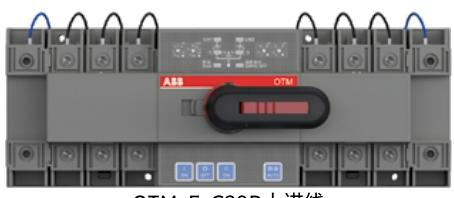
Detailed explanation of controller functions
20D/21D controller:
Detection function: Voltage loss, undervoltage (0.7~0.95Ue), overvoltage (1.05~1.3Ue), phase loss.
Conversion logic: There are three modes: self switching and self resetting, mutual backup, and self switching but not self resetting, with adjustable delay of 0-30 seconds.
21T controller:
Added Modbus RTU communication interface, supporting remote monitoring and data transmission, suitable for intelligent substations.
8D controller:
Supports frequency detection (50/60Hz ± 10%), phase sequence detection, and bus coupling switching functions, and can record 20 fault messages.
CB level dual power automatic transfer switch (with protection function as the core)
Product architecture and model series
Execution mechanism: using circuit breakers (miniature circuit breakers/molded case circuit breakers), equipped with overcurrent release devices, capable of breaking short-circuit currents and protecting loads.
Main models:
DPT-CB010/011:
Integrated design, rated current 63A~250A, equipped with 010/011 controller, with a maximum breaking capacity of 85kA (220V).
Application: Building power distribution, lighting, and non critical load scenarios.
ATS-CB021:
Integrated design, rated current 400A~630A, equipped with ATS021/022 intelligent controller, with a maximum breaking capacity of 100kA (415V).
Application: High end scenarios such as industrial markets (metallurgy, petrochemicals), high-speed rail, and bus coupling switching.
Core protection function
Differential and grounding protection
Three phase differential protection (87T): including second harmonic/fifth harmonic braking and waveform recognition locking, automatically matching transformer vector group, supporting zero sequence current elimination, preventing misoperation of faults outside the area.
High/Low Impedance Grounding Protection (REF): The high impedance principle does not require a stable resistor, while the low impedance principle supports CT variable ratio inconsistent scenarios, with a sensitivity of up to 5% of the rated current.
Overcurrent and backup protection
Multi stage overcurrent protection (51/50): supports definite time (DT) and inverse time (IDMT) characteristics, with three-stage low setting, two-stage high setting, and instantaneous period, with an action accuracy of ± 2.5%.
Directional overcurrent protection (67): Based on phase voltage/line voltage polarization, it supports forward/reverse action direction and has strong resistance to load intrusion.
Voltage and frequency protection
Overvoltage/undervoltage protection (59/27): three-stage phase voltage protection, residual voltage protection (59N) adapted to ground faults, action time<66ms.
- EMERSON
- Honeywell
- CTI
- Rolls-Royce
- General Electric
- Woodward
- Yaskawa
- xYCOM
- Motorola
- Siemens
- Rockwell
- ABB
- B&R
- HIMA
- Construction site
- electricity
- Automobile market
- PLC
- DCS
- Motor drivers
- VSD
- Implications
- cement
- CO2
- CEM
- methane
- Artificial intelligence
- Titanic
- Solar energy
- Hydrogen fuel cell
- Hydrogen and fuel cells
- Hydrogen and oxygen fuel cells
- tyre
- Chemical fiber
- dynamo
- corpuscle
- Pulp and paper
- printing
- fossil
- FANUC
- Food and beverage
- Life science
- Sewage treatment
- Personal care
- electricity
- boats
- infrastructure
- Automobile industry
- metallurgy
- Nuclear power generation
- Geothermal power generation
- Water and wastewater
- Infrastructure construction
- Mine hazard
- steel
- papermaking
- Natural gas industry
- Infrastructure construction
- Power and energy
- Rubber and plastic
- Renewable energy
- pharmacy
- mining
- Plastic industry
- Schneider
- Kongsberg
- NI
- Wind energy
- International petroleum
- International new energy network
- gas
- WATLOW
- ProSoft
- SEW
- wind
- ADVANCED
- Reliance
- YOKOGAWA
- TRICONEX
- FOXBORO
- METSO
- MAN
- Advantest
- ADVANCED
- ALSTOM
- Control Wave
- AB
- AMAT
- STUDER
- KONGSBERG
- MOTOROLA
- DANAHER MOTION
- Bently
- Galil
- EATON
- MOLEX
- Triconex
- DEIF
- B&W
- ZYGO
- Aerotech
- DANFOSS
- KOLLMORGEN
- Beijer
- Endress+Hauser
- MOOG
- KB
- Moxa
- Rexroth
- YAMAHA


Email:wang@kongjiangauto.com



